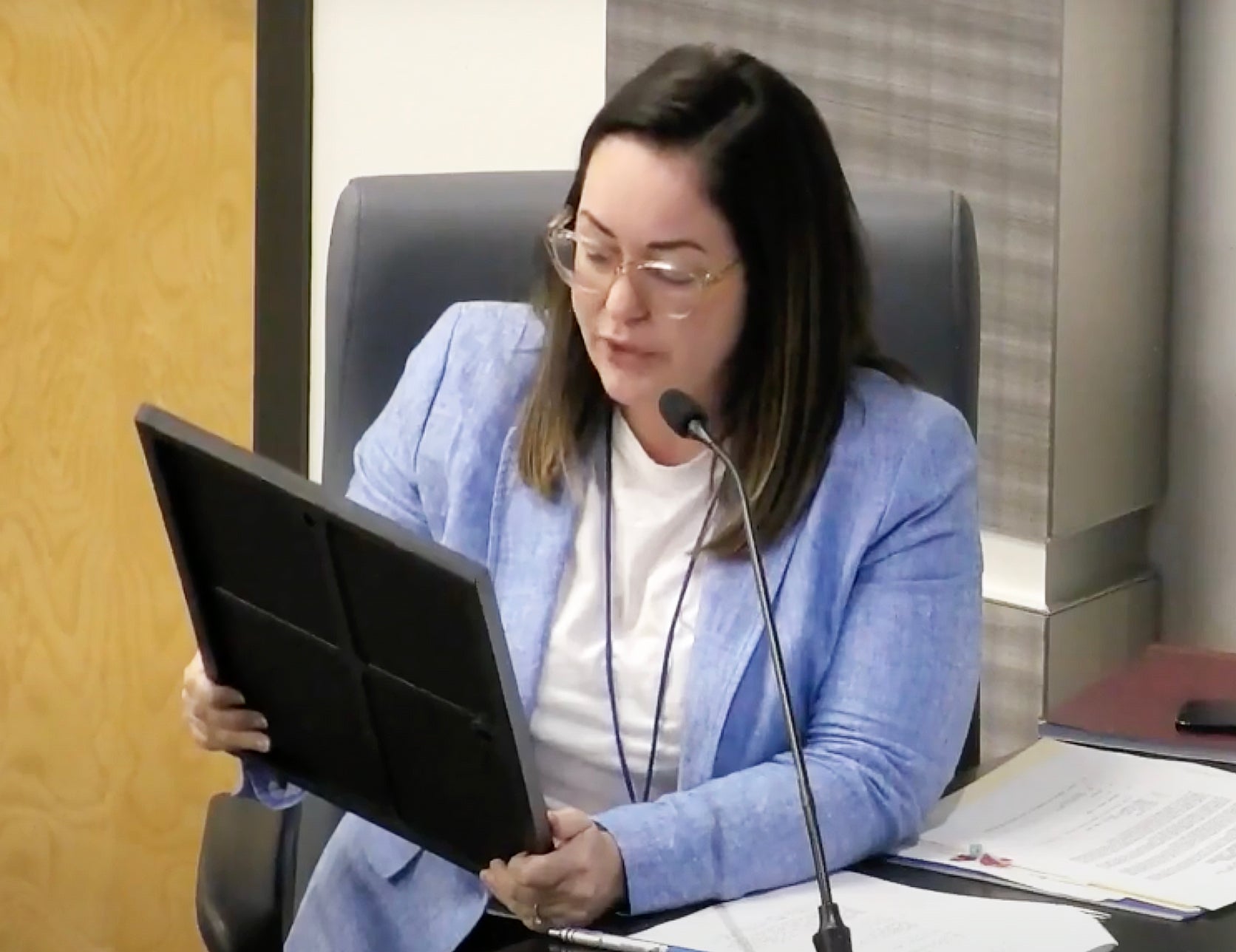East St. John credit union is growing, teaching finances to kids
Published 12:00 am Friday, December 21, 2007
By KEVIN CHIRI
Editor and Publisher
LAPLACE – Rhonda Hotard of Louisiana Federal Credit Union had a simple statement to the LaPlace Rotary Club to make her point.
“The average student entering college already has $1,500 in debt,” she said. “So you can imagine what that does when college costs start hitting them.”
Hotard, CEO at Louisiana Federal Credit Union (LFCU), gave the Rotary Club an update on the project her company began a year ago at East St. John High School, which is offering a credit union at the school.
The project, according to Hotard, is all about teaching financial responsibility to students before they get out on their own.
“We have to teach financial literacy as much as educational literacy to kids,” she said. “It’s our responsibility to teach our kids how to manage their money.”
However, Hotard said, all too many young people never get those lessons, leading to financial problems almost immediately when they get into the real world.
“We deal with people who have six figure salaries, but they have big financial problems since they can’t manage their money,” she said.
The credit union at East St. John High is run by students there, who get trained during the summer. Additionally, LFCU provides one employee each time the credit union is open, which is for two hours, three days a week.
Students can open a checking account, or they can get a VISA credit card, which has to be signed off on by their parents. But students have to qualify for the card by showing that they work a job, and have the means to make the payments.
A real incentive to make their payments and not get into financial trouble is that the credit card has zero interest on it as long as payments are made on time. But if a student is late or misses a payment, the interest goes to 18 percent. The student can return to zero interest if they make six months of on-time payments.
“When I was 16, my dad took me to a bank and had me take out a $500 loan, even though I didn’t need to borrow the money. Then I had to make sure and pay it back on time,” she said. “That taught me a good lesson. Our kids today aren’t getting financial lessons as much as they should, and our credit union is a good way to teach them that.”
LFCU invested $25,000 of their own money to open the credit union, and provide staff to help run it. They even held a “Financial Fest” at the school to give kids more lessons on financial responsibility.
Hotard said they continue to sign up about an average of seven to eight kids a month to the credit union, and now have approximately 200 students using it, out of the 1,500 student school.





